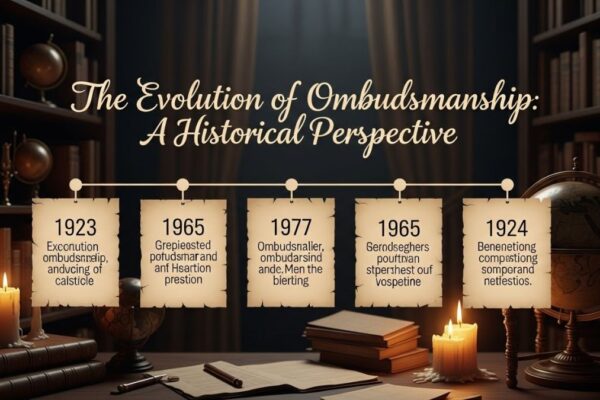The Benefits of switching 2nd Gear: Why You Should Make the Change

Driving is more than just a means of transportation; it’s an experience. The choices you make behind the wheel can significantly affect how your vehicle performs and how enjoyable your journey is. One often overlooked aspect of this experience is the gear you choose to engage while navigating different terrains or situations. Among these, second gear stands out as a valuable tool for enhancing your driving skills. Switching 2nd gear may seem trivial, but understanding its benefits can lead to better control, smoother rides, and less wear on your engine. Let’s dive into why making this simple change could elevate your driving game and help you conquer any road ahead!
Advantages of using 2nd gear over other gears
Second gear offers a unique advantage when navigating through urban landscapes or hilly terrains. It allows drivers to maintain lower speeds while still providing sufficient power for acceleration.
One primary benefit is enhanced torque delivery. This means you can accelerate smoothly without straining the engine, making it ideal for stop-and-go traffic situations.
Additionally, second gear reduces the likelihood of stalling in tricky conditions, like steep inclines or during tight turns. The grip and control offered by this gear are invaluable when maneuvering through obstacles.
Another perk is improved fuel efficiency at low speeds compared to higher gears. This results in better mileage over time, especially during city driving where frequent stops are common.
Using 2nd gear also helps minimize wear on your brakes since you’re relying more on engine braking rather than constant brake application.
Better control and smooth driving experience
Switching to 2nd gear can significantly enhance your driving experience. This gear provides a perfect balance between power and control.
When you find yourself navigating tight corners or steep inclines, 2nd gear enables better handling. The response is immediate, allowing for precise maneuvers without the jarring shifts that higher gears often create.
Moreover, the smoothness of driving at lower speeds in 2nd gear makes it ideal for city traffic. You can glide through intersections with less effort and more confidence.
The increased engine revs provide a satisfying sound as you accelerate gently, creating an enjoyable atmosphere inside your vehicle.
Driving becomes less stressful when you’re in tune with your car’s dynamics. That connection fosters a more engaging experience, turning mundane drives into moments filled with joy and control.
Reduced strain on the engine and transmission
When you shift into second gear, you’re optimizing your vehicle’s performance. This choice reduces the load on both the engine and transmission.
In lower gears, like 2nd, the engine operates at a more manageable RPM. This means it doesn’t have to work as hard compared to higher gears. Less strain translates to better fuel efficiency and longevity for your car’s components.
The transmission also benefits from this smoother operation. By engaging second gear during low-speed driving or when navigating inclines, you help maintain optimal power without forcing the system into overdrive.
This thoughtful approach not only extends the life of your vehicle but can save you money on repairs down the line. Adopting this habit encourages proactive maintenance and enhances overall driving experience.
How to properly shift into 2nd gear
To shift into 2nd gear smoothly, begin by easing off the accelerator. This helps reduce engine load and allows for a seamless transition.
Next, gently press the clutch pedal to disengage the engine from the transmission. It’s essential to apply enough pressure without forcing it.
As you pull the gear stick down into 2nd, listen for that satisfying click. Timing is crucial here; don’t rush this part of the process.
Once in gear, gradually release the clutch while simultaneously applying gentle pressure on the accelerator. This will ensure a smooth engagement without stalling or jerking.
Practice makes perfect—find a quiet area where you can refine your technique without distractions. Remember to stay relaxed; tension can lead to mistakes during shifting.
Common misconceptions about 2nd gear
Many drivers harbor misconceptions about second gear. One common belief is that it should only be used in low-speed scenarios. While it’s true that 2nd gear excels at lower speeds, it can also enhance control during moderate acceleration.
Another myth is that using 2nd gear will damage the engine or transmission. In reality, when engaged correctly, this gear reduces strain on both components. It allows for smoother transitions and minimizes wear over time.
Some think switching to 2nd means sacrificing speed entirely. However, this isn’t the case; with proper use of throttle and timing, you can maintain a respectable pace without needing to rush into higher gears prematurely.
There’s an idea that automatic vehicles don’t benefit from understanding 2nd gear usage. Yet even automatics have settings where manual shifting may help optimize performance under specific conditions.
Conclusion:
Switching 2nd gear can transform your driving experience in numerous ways. The advantages are clear; better control, a smoother ride, and reduced strain on the vehicle’s engine and transmission all contribute to an enhanced driving journey. When you take the time to learn how to shift properly into second gear, you’ll notice a significant difference in your overall performance behind the wheel.
It’s crucial to dispel common misconceptions about 2nd gear. Many drivers fear using it at certain speeds or conditions when, in fact, it can be highly beneficial for managing various terrains and driving scenarios. By integrating the use of 2nd gear into your routine driving habits, you’re not just improving your vehicle’s efficiency; you’re also enhancing safety and comfort during each drive.
You may also like

Unveiling the Mystique: Exploring the Concept of aurö

The Evolution of ombudsmanner ship: A Historical Perspective

Leave a Reply